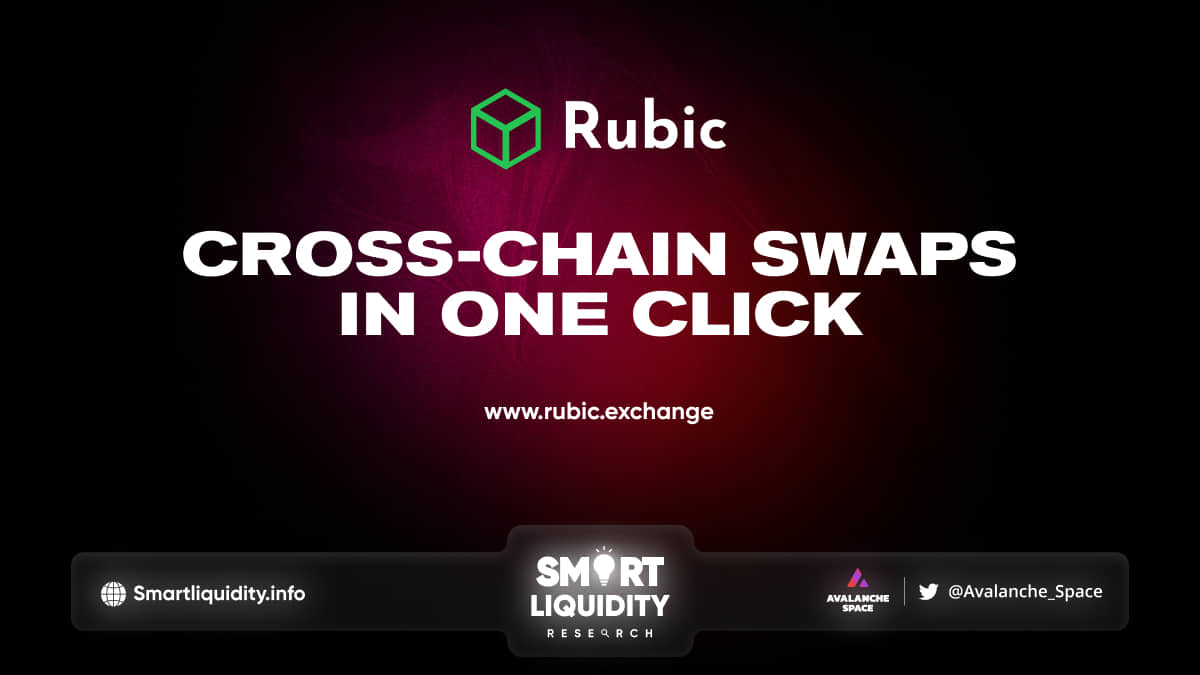Those are designto move a wider range of information types between chains — additionally to exporting tokens, they can send contract calls, proofs, and states. Among the most famous ones are the Inter-Blockchain Communication (IBC) Protocol, Axelar, Nomad, LayerZero, and Chainlink CCIP. Also, Celer has its Inter-chain Message Framework.
Cross-chain messaging protocols vary in terms of functionality and operation. For example, IBC is the standard for chain interoperability in the Cosmos ecosystem. The chains adopt and use the IBC messaging standard while light clients in both networks and relayers (those who directly move information) take responsibility for cross-chain interaction. IBC is not suitable for all chains — it’s expensive and inconvenient for chains outside of the Cosmos ecosystem.
The Biggest Number of Tokens and DEXs
Rubic has the most significant amount of tokens for swapping amongst all bridges and aggregators — 15,000+! Just imagine — there are in total 19,000+ tokens circulating in the crypto market, taking into account that some of them are not active. On Rubic, with 60+ aggregated DEXs, you almost have no limits in choosing the assets to swap.
Best UX/UI — Swap in One Click
Сross-chain swaps have a complicated route: swap — bridge/DEX — swap. Rubic is a time saver allowing users to swap tokens in just 1 click and confirm the transaction from their wallet 1 time. And unlike bridges, you can swap across chains, and also change the token which is being moved across chains.
About Rubic:
Rubic provides the tools for crypto projects to become fully interoperable between blockchains with an easy-to-install widget and a fully customizable SDK. Rubic is already servicing more than 80 projects! Installation takes only 10 to 30 minutes and unlocks DeFi for any project, with access to over 15,000+ tokens across 13 blockchains, all available right on your web-site or inside your app.







